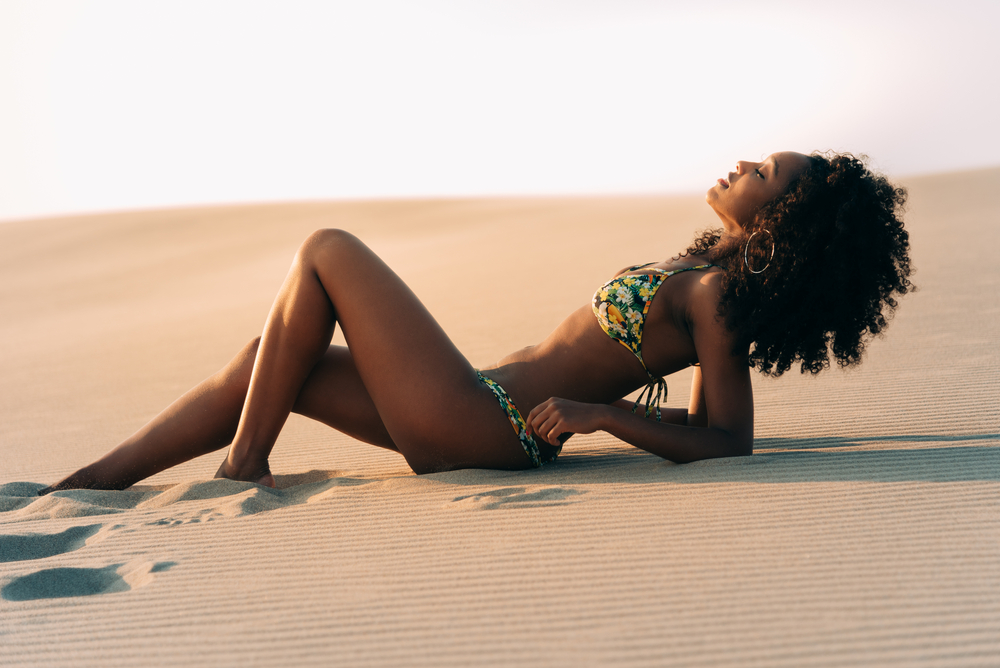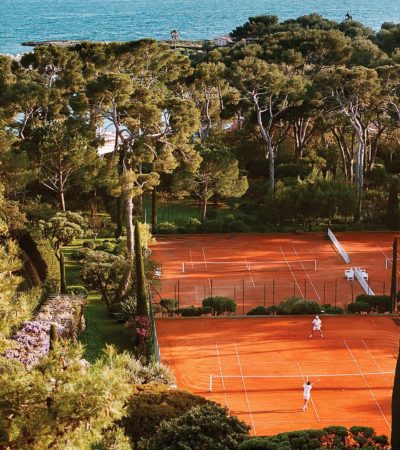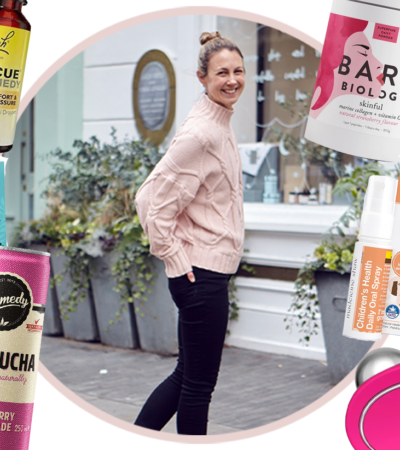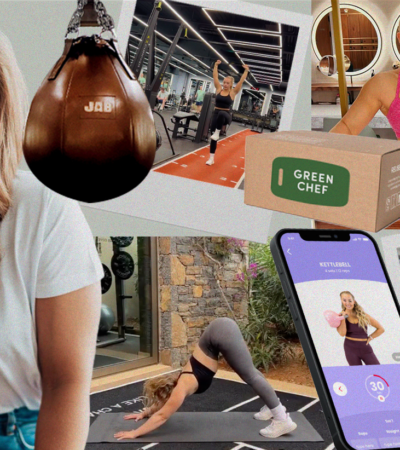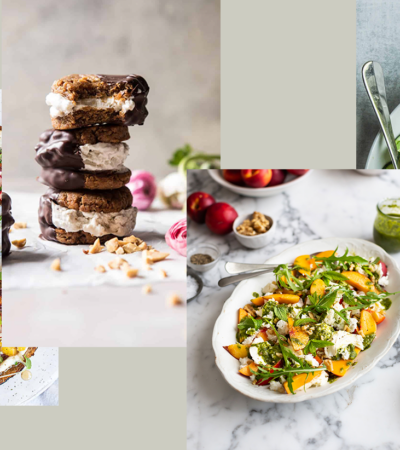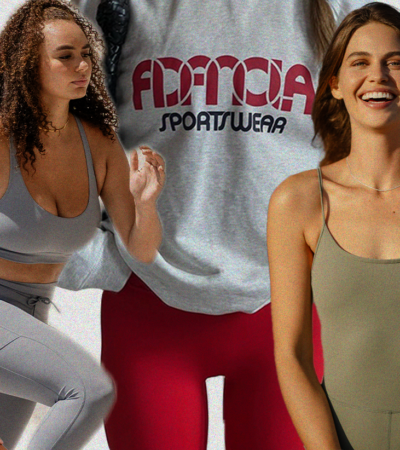Since Hip & Healthy’s inception a decade ago, the beauty industry has been making some pretty seismic and irrevocable changes. Thanks to social media, consumers now have more power than ever before to influence brands – with key issues around sustainability, inclusivity and ingredients being pushed to the forefront (how many “you asked, we listened” announcements have you seen on your timeline in recent years?). Here’s a look back at the evolution of beauty and what’s changed since our launch in 2012.
Moving Towards Being More Sustainable
Whilst sustainability isn’t a neat little check box that can be ticked off, it seems many brands are taking steps to be more eco-conscious. Over the past decade, plastic consumption has been under the spotlight and many beauty brands have followed suit by removing what they can from their packaging, using more recycled and/or recyclable materials or by switching to more sustainable alternatives. There’s no doubt that there’s still a long way to go but the changes made in recent years are certainly a welcome step in the right direction for an industry that has notoriously been lagging behind in this area.
Recycling is now easier than ever with retailers like SpaceNK partnering with Handle so you can drop off your empties, even those not bought in their stores. Some brands, like Pai Skincare, have started their own recycling schemes whereby you can send back the components you can’t put in household recycling to them free of charge.
Once confined to health food stores, beauty refills are now much more commonplace, even amongst luxury brands. The French make-up brand La Bouche Rouge sell their lipsticks as recyclable stainless steel refills with a one-off purchase of their (very chic) up-cycled leather outer case (they also offer a vegan leather option which is made from recycled fibre material created by Stella McCartney). Rose Inc is another brand offering refills on some products as a way of minimising packaging when repurchasing and Chanel’s recent launch, No1 de Chanel, is their most sustainability-minded range to date with changes to packaging and their Revitalizing Cream being refillable.
Waterless Beauty
Another eco-conscious trend has been the boom of waterless beauty with brands like SBTRCT & Vapour Beauty being popular within this category. Whilst also helping to preserve an essential natural resource, going waterless can also help in reducing the amount of packaging required (in the case of solid bars, usually only a paper wrap is needed). Not just confined to solids though, the waterless category can also include things like powders, oils and balms too. Fans of the movement credit the more concentrated formulas (less water means more potency) and also the reduced need for preservatives as water is a breeding ground for bacteria.
The Influence of Social Media
Love it or hate it, social media is a mainstay of today’s society. Back in 2012 you might have been looking at YouTube for make-up tutorials or skincare advice but fast forward a decade and Instagram and TikTok are now big players for this kind of content too. Alongside this has been the rise of the beauty influencer who, as well as dictating trends, is now vital for brands to turn to to help promote products and communicate messaging. One of the more positive sides of social media is that there is a community for everyone; from acne-positive accounts to being able to follow someone with your skin/hair type for their recommendations, you can tailor what you’re seeing by choosing who you follow.
Inclusivity
This change has, quite rightly, been across the board with the shade offerings of most make-up brands now far more wide-reaching and inclusive of all skin tones (and if they aren’t, it’s possible to call them out for it!). When Fenty Beauty launched in 2017 with a groundbreaking number of foundation shades, it sparked an industry-wide change meaning upwards of 40 shades is now considered the standard rather than the exception. In addition, beauty advertising that once was dominated by the young and Caucasian is now casting a more representative range of faces. Embracing your uniqueness and natural beauty is certainly here to stay. Another noticeable change is the use of the term “anti-ageing’, once a pillar of beauty advertising, dropping out of favour and being replaced by more positive terminology.
The Rise of Clean, Natural & Organic Beauty
Whilst the term ‘clean’ remains somewhat ambiguous and in need of regulation, there is no denying that we’re paying more attention to what’s in our products and the industry is responding. Many brands are being more transparent about what their products don’t contain in addition to what they do. Sarah Brown, founder of certified organic skincare brand, Pai, explains that whilst clean and natural are not synonymous, “the huge category growth is feeding more and more demand for natural and ethical products and specifically more interest in ingredients and what’s going into the bottle. Consumers are better informed, feel more able to challenge brands on their claims, and there is much more appreciation and appetite for organic and natural alternatives.” The perception that natural products are not as effective in terms of results has also shifted considerably with Sarah adding that this is “largely down to the emergence (in force) of more exciting natural actives with unrivalled skin properties that are scientifically proven and have strong efficacy data behind them.”
The Merging of Wellbeing & Beauty
This was definitely an upwards trend pre-pandemic but lockdowns only increased the demand for self-care and wellbeing products. Beauty-from-the-inside-out has also gained momentum with nutrition and supplementation being recognised for skin, hair and nail health. The demand for wellbeing content is also apparent across social media. In less than six months during the lockdown, Sophie Perry (@sophieanneperry_), Education Manager for FaceGym, saw her instagram following increase significantly from 1,400 to 84k as she was posting her at-home facial massage videos. This trend has also been reflected in treatments where wellbeing is increasingly moving towards the forefront. Facials that incorporate lymphatic drainage techniques, facial reflexology, acupuncture or reiki are becoming increasingly popular.
words by Frances Phillips


